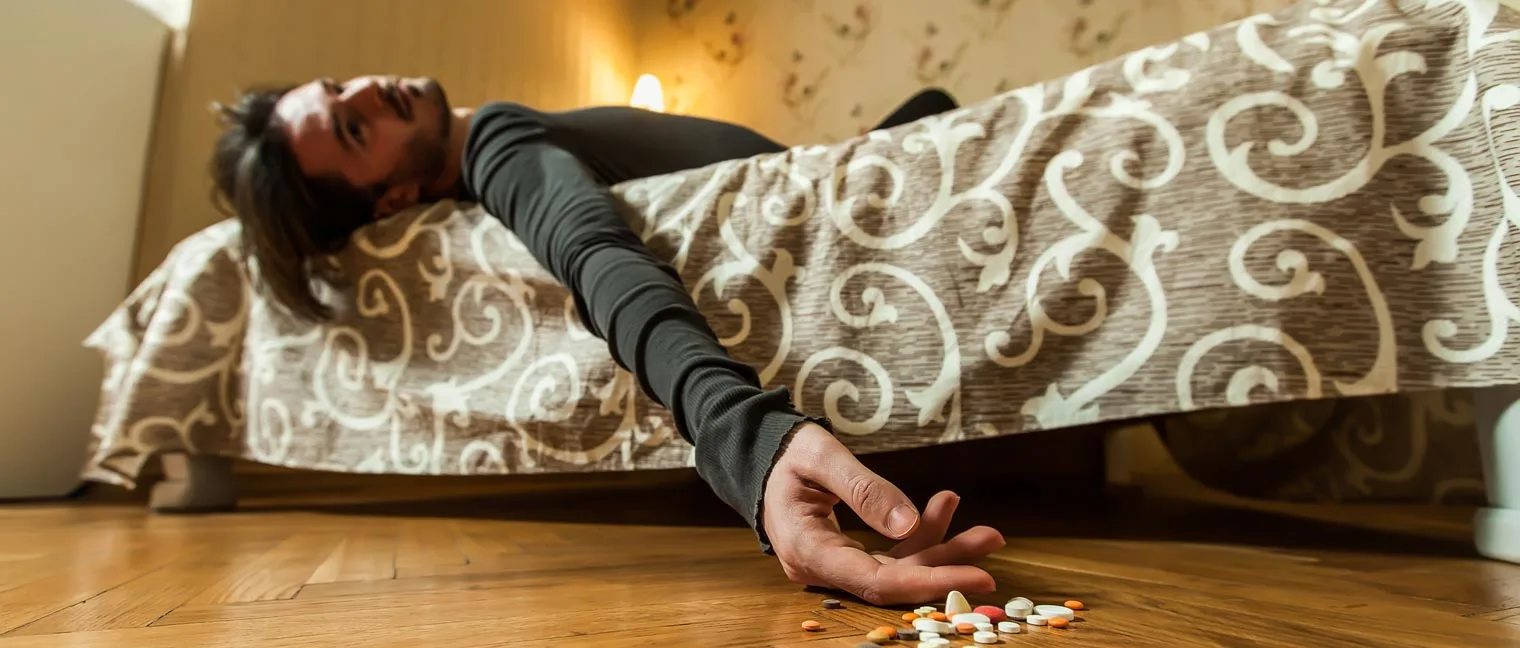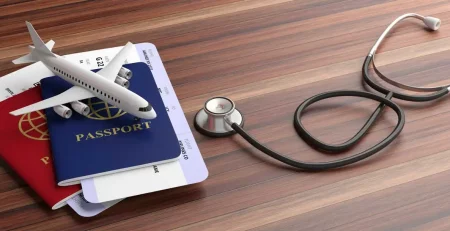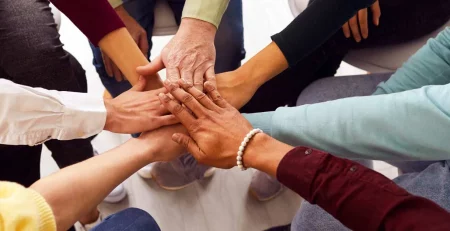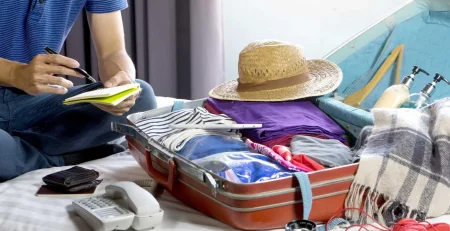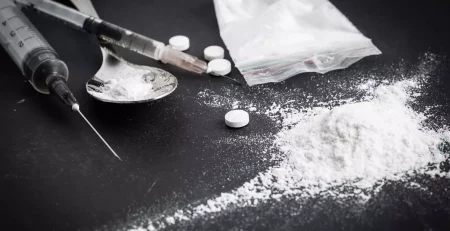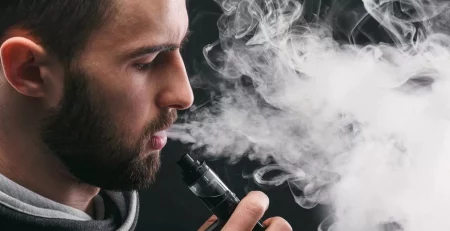What to Do if Someone Overdoses?
Using Effective Methods to Prevent Drug Overdose
If you have a friend or family member who uses drugs, you have probably wondered at some time or another what to do if someone overdoses. Acting quickly can save a life if you suspect alcohol poisoning, opioid overdose, prescription drug abuse, or other drug-related issues. Not all overdoses are fatal, but all overdoses have the potential to be deadly.
Regardless of the drug users’ drugs of choice, this situation is always a medical emergency.
The Icarus Behavioral Health team specializes in mental health, especially in recovery from drugs and alcohol abuse. We’ve worked with many who have beat death and are grateful for the second chance at life.
Read on, as the moments you spend reading it carefully now could give you the informational tools you may need later.
The Opioid Addiction Crisis is Impacting the Entire United States

An opioid overdose is the most frequent type of overdoses emergency room doctors treat today. Narcan is very effective and is now available over-the-counter, which helps to save lives. However, naloxone is not 100% effective.
The Centers for Disease Control and Prevention (CDC) finds the upward trend in opioid overdose alarming. Their statistics note that the 2021 number of deaths due to opioids, adding up to 80,000 lives lost, was ten times 1999’s number. Of those deaths, 88% of them were due to synthetic opioids, such as fentanyl, versus natural opioids, like codeine or morphine.
The rest of this post will discuss the general signs of alcohol or drug overdose, along with first aid tips to help in this life-threatening scenario. However, we will also include specific information on how to administer naloxone until the person can get to the emergency department.
24 Hour Substance Abuse Rehab Hotline – Call Now!
Knowing the Signs of Overdoses Helps You in an Emergency
Before we discuss how to help someone who might have overdosed, let’s first look at the key signs that reveal this dangerous medical emergency. For all drugs and alcohol poisoning, you may observe the following symptoms:
- Abnormal blood pressure or heart rate
- Shallow breathing patterns
- Confusion, paranoia, or delirious
- Nausea, vomiting, diarrhea
- Seizures or tremors
- Cool, clammy skin
- Blue lips or fingertips
Any overdose requires immediate medical attention – the faster the person can get to the emergency department at the local hospital, the better.
Recognize the Additional Signs of Alcohol Poisoning
In addition to the signs that can be generally present in overdoses, here are some signs of alcohol poisoning:
- Hypothermia or low body temperature
- Uncontrollable vomiting
- Passing out or the inability to keep the person awake
- Becoming unconscious
This is a life-threatening situation and requires a cool head and a call 911 immediately for an ambulance.
The Additional Signs of an Opioid Overdose
Besides the general signs of overdose, the following symptoms point to opioid overdoses:
- Cold skin to the touch
- Limp body, especially noticeable in the limbs
- Weak heartbeat
- Pinpoint pupils
- Gurgling sounds from the throat
As with all overdoses, call for an ambulance immediately.
7 Steps to Take During an Overdose Until Emergency Services Arrive

Drug users’ friends and family members often say how shocking it is to find a loved one in an overdose. But they also explained how helpless they felt waiting for help, not knowing how to provide the needed help.
Waiting until the ambulance arrives can feel like a lifetime. But use that time to help your loved one survive the overdose. Here’s how:
1) Assess the Situation and Stay with the Person
Take two seconds to determine if the person is unconscious or awake. Are they responsive? Can they peak? Can they open their eyes? The 911 operator will ask these questions. Do not leave your friend or loved one at this time.
If you have also been using drugs or drinking, most states have a Good Samaritan law that shields you from any criminal charges related to seeking help during an overdose.
2) Call 911 Immediately, Do Not Delay
Be ready to answer the questions about the person’s condition who needs help. You must remain clear-headed and tell the emergency services team your exact location. They will also ask what drugs they might have taken – a good-faith guess on your part is sometimes the key to saving them.
3) Administer Naloxone to Reverse Opioid Overdose
The emergency services operator will probably advise you to give them naloxone or Narcan if the emergency appears to be an opioid or heroin overdose. Naloxone administration can be either a nasal spray or an injectable pen. If giving a naloxone injection, you will inject one dose into the thigh.
If the first dose does not reverse the overdose, the 911 dispatcher may tell you to administer a second dose after two minutes.
Get Effective Detox and Rehab Options – Call Now!
4) Check to See if They’re Still Breathing
You can check their breath by watching their chest—is it rising and falling? You can also listen for their breath or place your palm near their nose or mouth to feel for it.
5) If the Person Is Breathing, Put Them in the Recovery Position
If your friend or loved one is breathing but still not conscious, put them in the recovery position until the rescue crew arrives to take over. You will lay them on one side with one arm over the head and the other across the front of their body for support. Bend the knees so the foot is flat, and roll them over on their side with their head tilted.
Why?
The recovery position helps keep their airways open to breathe without obstruction. It also helps prevent choking if they start to vomit or have convulsions. Remember that first responders are on the way – you are making their job a little easier.
If the Person Isn’t Breathing, Perform Rescue Breathing
Performing rescue breaths can keep your loved one alive until help arrives. Here’s a quick refresher on how to perform rescue breathing:
- Check again to see if the person will respond. If still not conscious and breathing, you will proceed.
- Open the person’s airway by tilting the head back, lifting the chin, and allowing air to enter the lungs one breath at a time.
- Pinch their nose closed to prevent the breaths from escaping through the nostrils.
- Start rescue breathing by inhaling normally, then creating a seal over the person’s mouth with your mouth. Blow into their mouth to make their chest rise. This process takes about one second; repeat it a second time. Continue to assist them with rescue breathing every five seconds.
After several breaths, check for signs of life, such as coughing, chest rattling, or movements. The 911 dispatcher will advise you to start CPR if you do not see any life.
6) Start CPR Chest Compressions With Breathing

It’s best to give CPR after proper training. But a person with a fentanyl or morphine overdose means you must not spare a moment. If Naloxone doses have not worked and the person still cannot breathe, they are at an elevated risk of serious brain injury or death at this point.
Here’s how you can start CPR:
- Kneel beside your loved one, putting the heel of your dominant hand on the center of their chest and your other hand on top. Interlock your fingers. Keep your arms straight and at about shoulder width.
- Start chest compressions, hard and fast, depressing their chest about two inches. The proper rate is about 100 to 120 compressions each minute. Some people gage this by doing compressions by humming aloud the Bee Gees song “Stayin’ Alive,” and syncing up to the beat of the tune.
- Allow the person’s chest to fully rise between compressions, as that pumps blood into their heart.
- The recommended cycle is that after 30 compressions, you give two more rescue breathing cycles.
Most people who have done CPR can tell you that it’s physically exhausting and difficult. However, this treatment is necessary until the emergency services team arrives and takes over. They will use an automated external defibrillator (AED) to “jumpstart” the heart.
7) When the Ambulance Arrives, Professionals Will Take over Treatment
When the ambulance gets to your location, they will try numerous life-saving measures. They may try Naoloxone again in the case of opioid overdose.
But they will also ask you some questions. Respond honestly and to the best of your knowledge. For instance, they will want to know what the person took. Do you think it was opioid drugs, alcohol, or prescribed medications, or cocaine they overdosed on?
They will also want to know how much naloxone you’ve administered and if you had any response at all. Finally, the first responders might ask about any legal prescription medication they might take.
What NOT to Do if Someone Overdoses

Besides knowing what to do, knowing about misguided advice is helpful. In an emergency, some well-meaning people nearby may urge you to do something other than the abovementioned tips. However, those involved directly in helping should avoid this bad advice:
- Do not induce vomiting with salt water, as it increases the risk of choking or lung damage.
- Do not give them anything to eat or drink; no coffee or energy drinks will revive them. In fact, they can worsen an already dire situation.
- Do not put the person in a cold bath, ice bath, or shower, as you can cause shock or hypothermia.
- Do not give them any medication except naloxone.
- Do not shake, yell, or slap them to awaken them; they need proven support and first aid, not to be “scared” awake.
- Do not leave the person alone; some bystanders may fear arrest. Put that aside and stay with the person after you call 911.
All these measures are not only counterproductive but can make things far worse for patients in an overdose situation.
Up To 100% of Rehab Costs Covered By Insurance – Call Now!
Our Programs for Drug and Alcohol Recovery at Icarus
After the person recovers from the overdose, it’s a good time to talk with them about getting help for their addiction to alcohol, drugs, or prescription medications. We offer evidence-based treatment that supports recovery.
Icarus in New Mexico offers a full spectrum of treatment options, from methadone treatment to counseling to heal the mental health issues or trauma that led them to abuse drugs.
You almost lost your loved one – a risk you don’t want to face ever again. With our help, you don’t have to worry about a future overdose. Connect with us today; we’re here to answer all your questions.

